The Largest Hot Desert
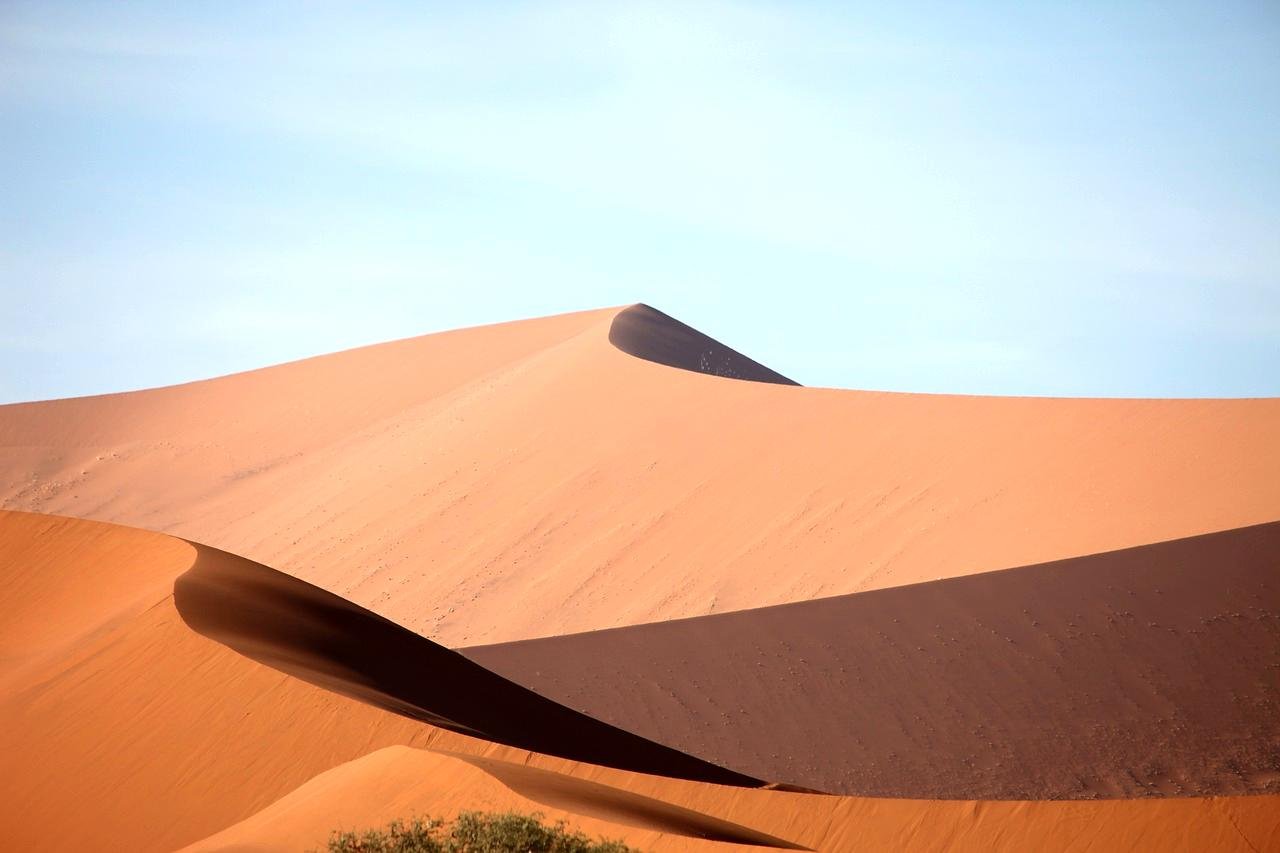
When imagining the vastness of the world, the Sahara Desert often stands out. Covering an impressive 9.2 million square kilometers, it ranks as the largest hot desert on our planet. To give you a sense of scale, it’s roughly comparable to the size of the entire United States. Such a massive area might lead many to think it’s nature’s way of boasting. Nestled across North Africa, spanning more than 10 countries, the Sahara boasts landscapes as diverse as they are vast. From the bustling cities on its edges to the emptiness of its core, the desert has always fascinated explorers, scientists, and wanderers alike. This enormity isn’t just about size; it’s a testament to nature’s capability to produce such an extensive feature on Earth’s surface.
It’s Not All Sand
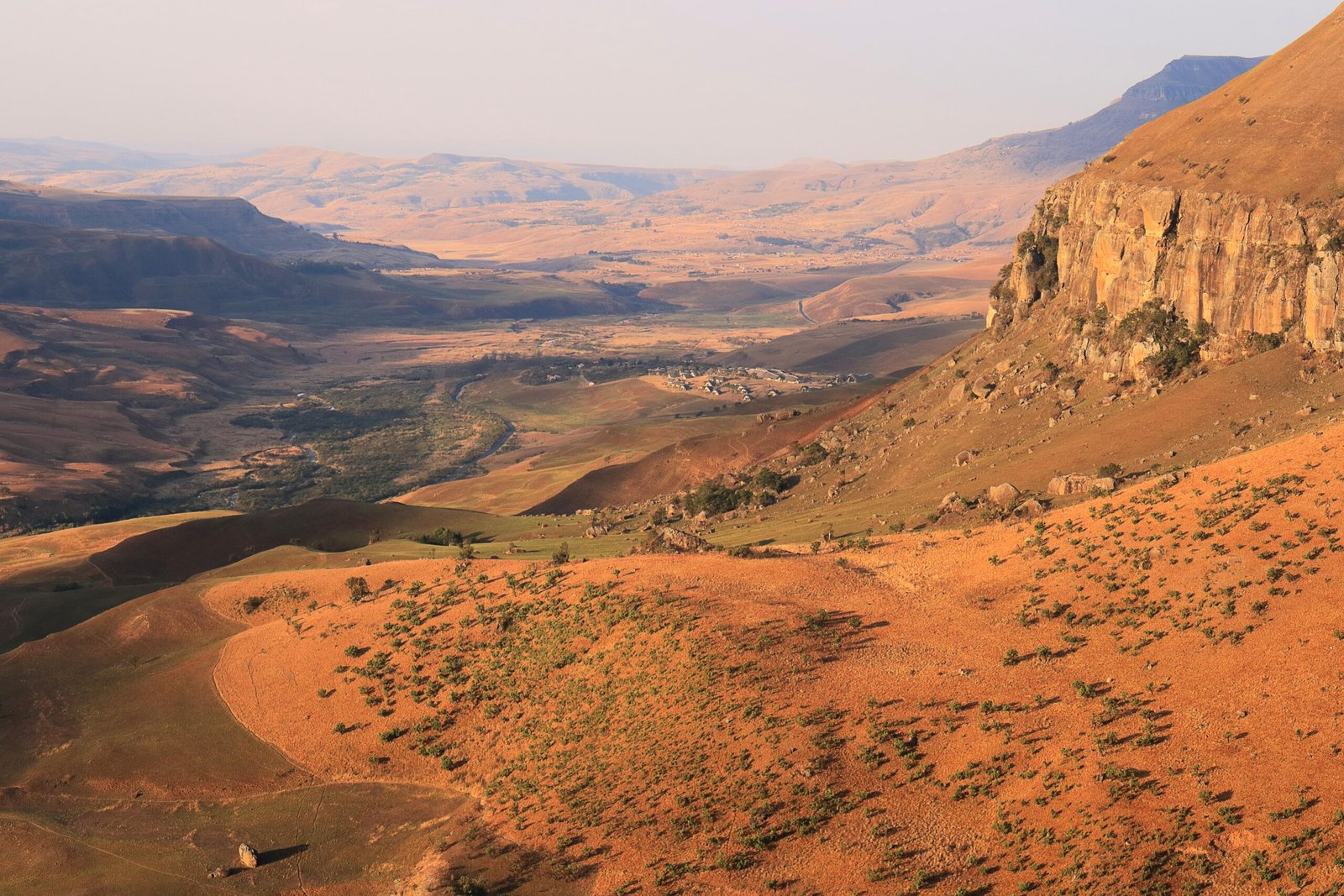
When we think of deserts, golden sand dunes often come to mind, but the Sahara surprises with its diverse terrains. Contrary to popular belief, only about 25% of it is made up of sandy dunes. So, what’s the rest made of? You’ll find rocky plateaus, expansive gravel plains, flat salt terrains, and imposing mountains. These varied landscapes not only keep the scenery unpredictable but also make the Sahara a geological wonder. Each part tells a story of the forces that shaped it over millennia. Walking on its gravels or climbing its rocky terrain can be like taking a time-travel journey through our planet’s history. It may challenge our assumptions, but it enriches our appreciation of what lies beyond the conventional idea of a desert.
Record-Breaking Temperatures
If you think summer days can be hot, wait until you hear about the Sahara’s jaw-dropping temperatures. This desert holds the record for the hottest earth-bound temperature ever documented—58°C (136°F) in El Azizia, Libya, in 1922. Imagine stepping outside and feeling the unwavering, relentless heat bearing down upon you. Such high temperatures can challenge even the hardiest of equipment and, naturally, life itself. It’s this extreme heat that contributes to the Sahara’s legendary reputation. Yet, this fierceness isn’t simply about discomfort. The high temperatures underscore the desert’s challenging environment, drawing researchers and adventurers intrigued by its extremes to brave its conditions. A testament to nature’s unpredictable intensity, it warns us of the power and might of Earth’s elements.
A Surprisingly Wet Past
Today, the Sahara is decidedly arid, but it wasn’t always this way. Around 10,000 years ago, this same desert was a vibrant, lush savanna teeming with life, thanks to abundant rainfall. Rivers meandered through its expanse, and lakes shimmered in the sunlight, creating a paradise for both flora and fauna. Imagine a landscape so different that it seems almost unrecognizable today! This history is evidenced by ancient rock paintings, which show humans, animals, and scenes of daily life in what is now barren land. Such transformation challenges our perception of permanence in nature. It serves as a vivid reminder of the dynamic processes that Earth’s ecosystems undergo. And it beckons us to ponder how shifts in climate can drastically alter landscapes and lives.
The Sand Dunes Are Gigantic
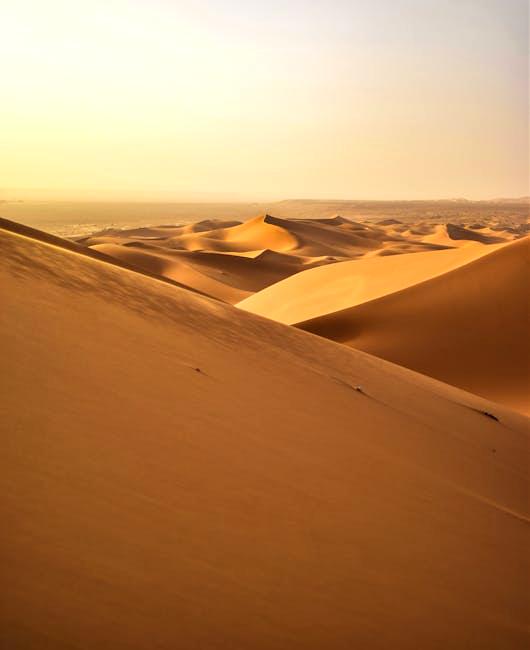
The Sahara’s sand dunes don’t just roll languidly on the horizon; they rise like giants on the desert stage. Some of these dunes reach impressive heights of over 180 meters (590 feet), comparable to standing at the base of a 60-story building. Such towering formations captivate with their beauty, making them a sought-after destination for adventure seekers and photographers alike. As the wind dances across their crests, they change and shift, altering the landscape regularly. Watching these dunes can feel like witnessing an ever-evolving art installation crafted by nature’s own hand. These monumental dunes beckon climbers for the challenge and reward them with breathtaking panoramic views at their summits. Such grandeur makes the Sahara an indelible natural wonder and a testament to the Earth’s enduring beauty.
It’s Growing
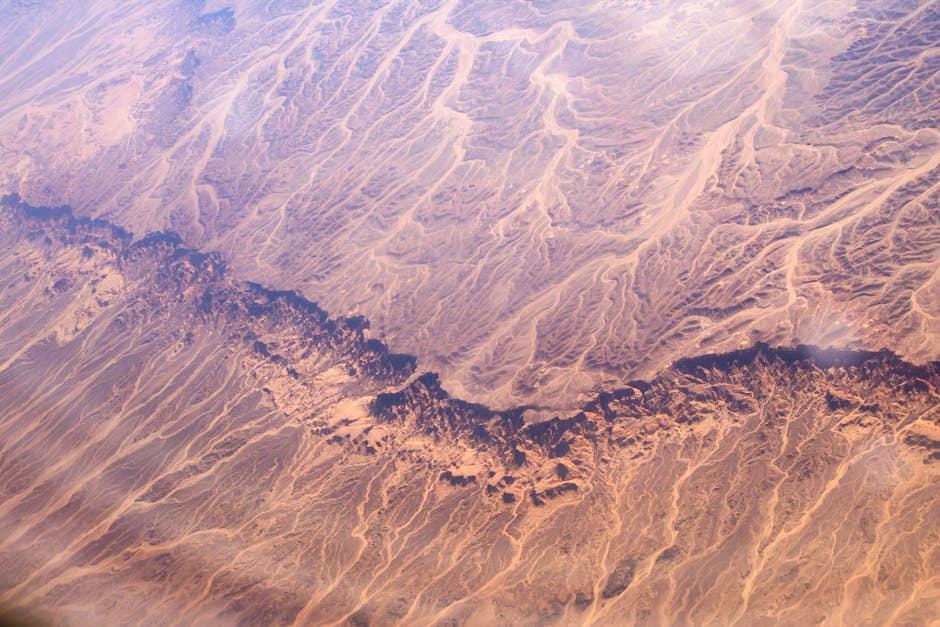
The Sahara’s boundaries aren’t static. Every year, it expands southward by nearly 6,000 square kilometers. This process, known as desertification, transforms previously habitable land into barren desert terrain. Driven by factors like climate change and human activities, desertification poses significant challenges for those living on the edges of the Sahara. Villages find themselves encroached upon by the ever-advancing sands, forcing communities to adapt or relocate. This relentless expansion has profound implications for agriculture, water sources, and livelihoods. The growing desert serves as a reminder of nature’s responsiveness to both natural and anthropogenic influences. Observing its steady growth underscores the importance of sustainable practices to curtail further spread and highlights the pressing need for environmental consciousness and action.
A Night of Freezing Cold
Think of the Sahara, and warmth undoubtedly springs to mind. However, its temperament isn’t consistent. When night falls, temperatures can drastically plummet, even dropping below freezing. This sharp contrast between day and night owes to the desert’s lack of moisture, preventing any substantial heat retention after sundown. These chilly nights offer a unique experience — a sharp departure from the relentless heat of the day, enveloping the landscape in a quiet, cold calm. Such temperature shifts can be a tricky challenge for the unprepared, leading to an unexpected chill after basking in the desert sun. For life in the Sahara, this duality highlights resilience and adaptability. These fluctuations offer a fascinating glimpse into nature’s balance, even amidst extremes.
A Diverse Wildlife Habitat
Despite its harsh conditions, the Sahara isn’t devoid of life. Instead, it’s home to an array of unique species that have evolved to thrive in such a challenging environment. Fennec foxes, with their oversized ears, adapt to desert life by dissipating heat while lending a cute aesthetic. Desert hedgehogs and the highly endangered addax antelopes also call this immense desert home, utilizing their adaptations to survive the scarcity and extremes. These creatures embody resilience, each showcasing nature’s ingenuity in adapting life to fit even the harshest surroundings. Observing them provides insight into the survival strategies that allow life to persist in the most unexpected places. It also reminds us of the delicate balance of ecosystems and the importance of conserving them for generations to come.
The World’s Oldest Trade Routes
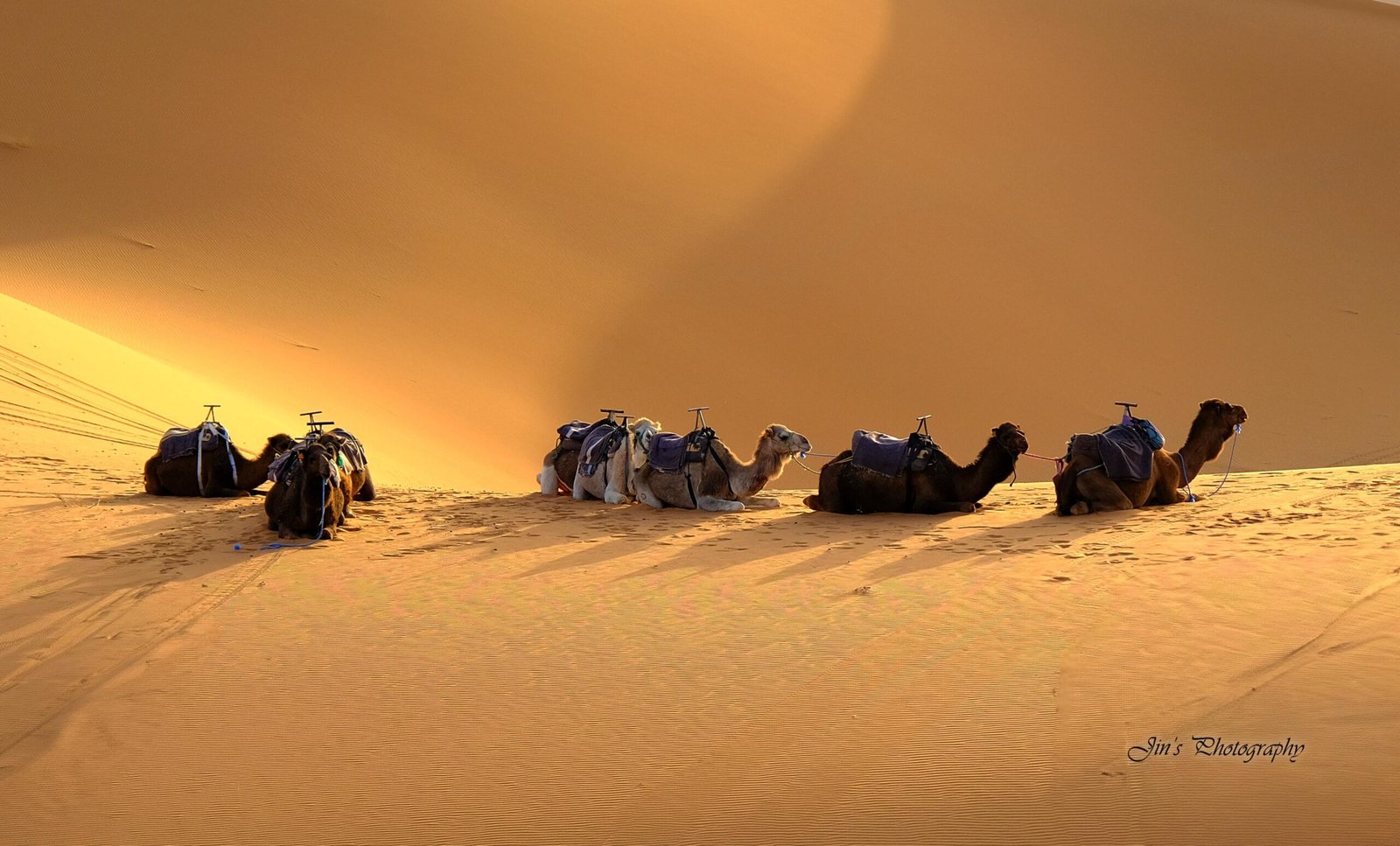
The Sahara isn’t just a geographical marvel; it’s historically significant too, as it hosts some of the world’s oldest trade routes. These trans-Saharan routes have, for centuries, connected sub-Saharan Africa to the Mediterranean, facilitating trade in goods like gold, salt, and spices. Traders, often with camel caravans in tow, braved the harsh desert terrain to move goods across vast expanses, binding disparate cultures together. These routes weren’t just pathways for trade but also cultural exchanges, bringing ideas, religions, and languages across continents. This intertwining of cultures laid the groundwork for rich, storied, and vibrant histories influenced by each group that passed through. Travel along these routes wasn’t just about survival, but thriving amidst adversity. They serve as a testament to human perseverance and ingenuity.
A Source of Global Fertilizer

In a surprising twist of ecological complexity, the Sahara serves as a global fertilizer source through its mighty dust storms. These storms carry nutrient-rich minerals, like phosphorus, across the Atlantic, aiding far-flung ecosystems such as the Amazon rainforest. It’s incredible to think that blooms of greenery in one of Earth’s densest rainforests owe part of their vibrancy to a desert thousand miles away. This transfer enriches soils worldwide, playing a crucial role in sustaining biodiversity far beyond the desert’s reach. It’s a testament to the interconnectedness of Earth’s ecosystems, showcasing how even distant parts of the globe rely on each other. Such natural processes emphasize the intricate balance that sustains life across our planet. The Sahara’s gift of life to distant lands underscores the wonder of nature’s global networks.
